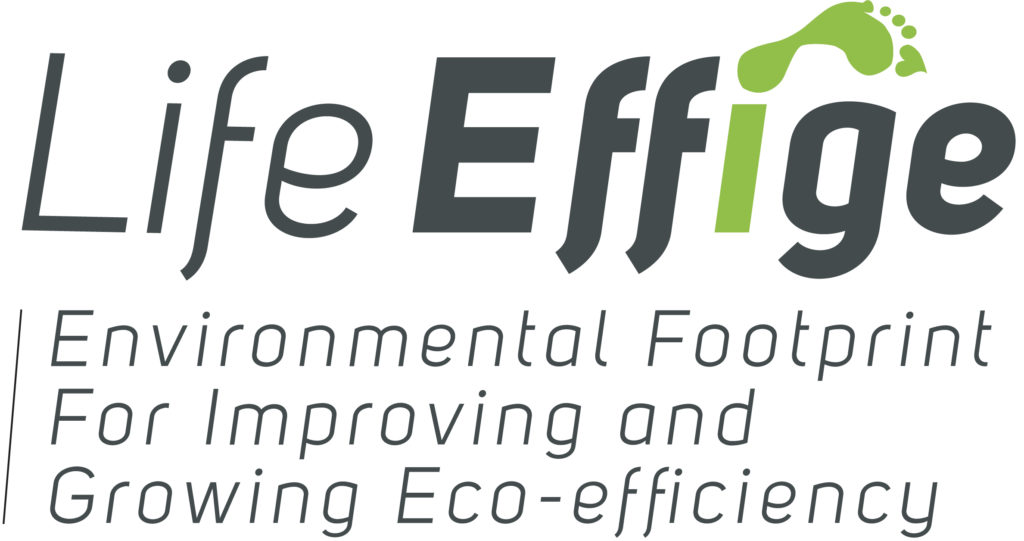This action is aimed at identifying the needs of SMEs that decide to implement the PEF and at developing supporting tools.
This action is composed of 3 sub-actions:
- B.4.1 Needs identification
The barriers that should be overcome for a wide dissemination of the PEF among SMEs will be identified. Two approaches will be followed:
- The needs emerged in the pilot companies during the PEF supporting studies (Action B.2) will be identified. The companies’ staff will be interviewed to investigate the main obstacles encountered during the PEF studies;
- A survey will involve SMEs operating in the involved supply chains to identify lack of skills, data and tools for PEF adoption.
- B.4.2 SMEs support Toolkit pilot test.
In this sub-action, supporting tools will be developed on the basis of the results emerged in Action B.4.1, and tested in each supply chain. The aim is to facilitate the process of PEF implementation at SMEs.
The tools already developed, especially those made available by the European Commission, will be analysed and the need for modifications and introduction of sector-specific features will be investigated.
Existing tools will be updated to make them more suitable to the sectors investigated in EFFIGE and new tools will be developed to support a self-assessment of the company’s strong and weak points for PEF implementation and to give guidance for the related methodological aspects and the data quality requirements.
This sub-action is aimed at creating a database for the development of pilot PEF studies, focused on the Italian scenario in the selected supply chains.
The database will be initially populated with primary data from studies identified in Action A.1, from literature and from LCA inventories made available in previous projects. As the PEF studies carried out in EFFIGE will be completed, the involved Associations and companies will be asked to populate the database with primary data related to their processes.
